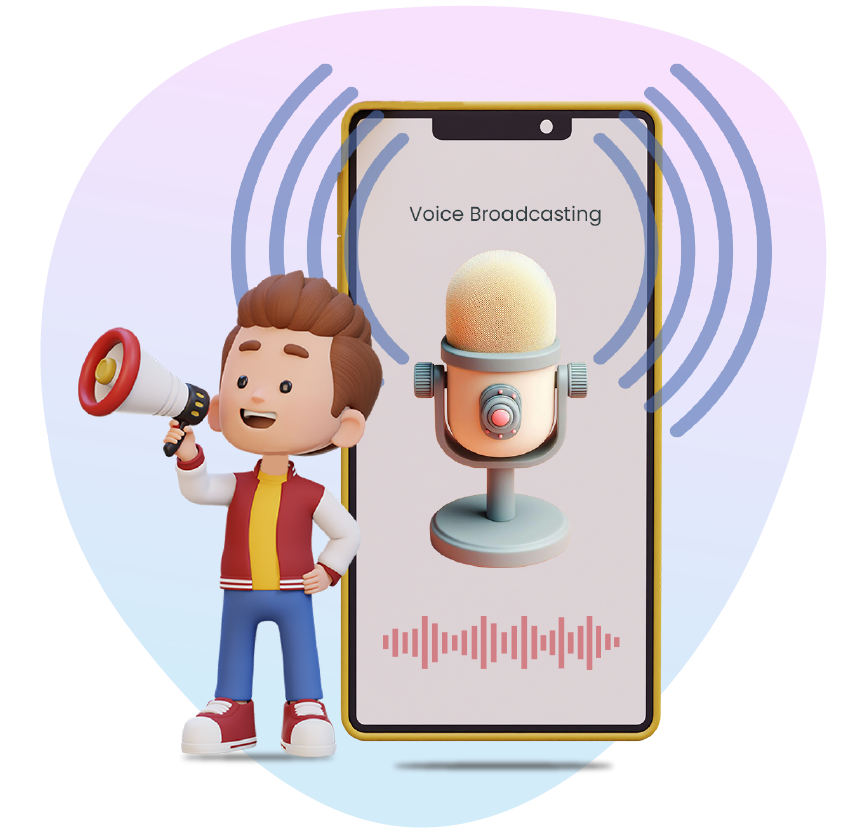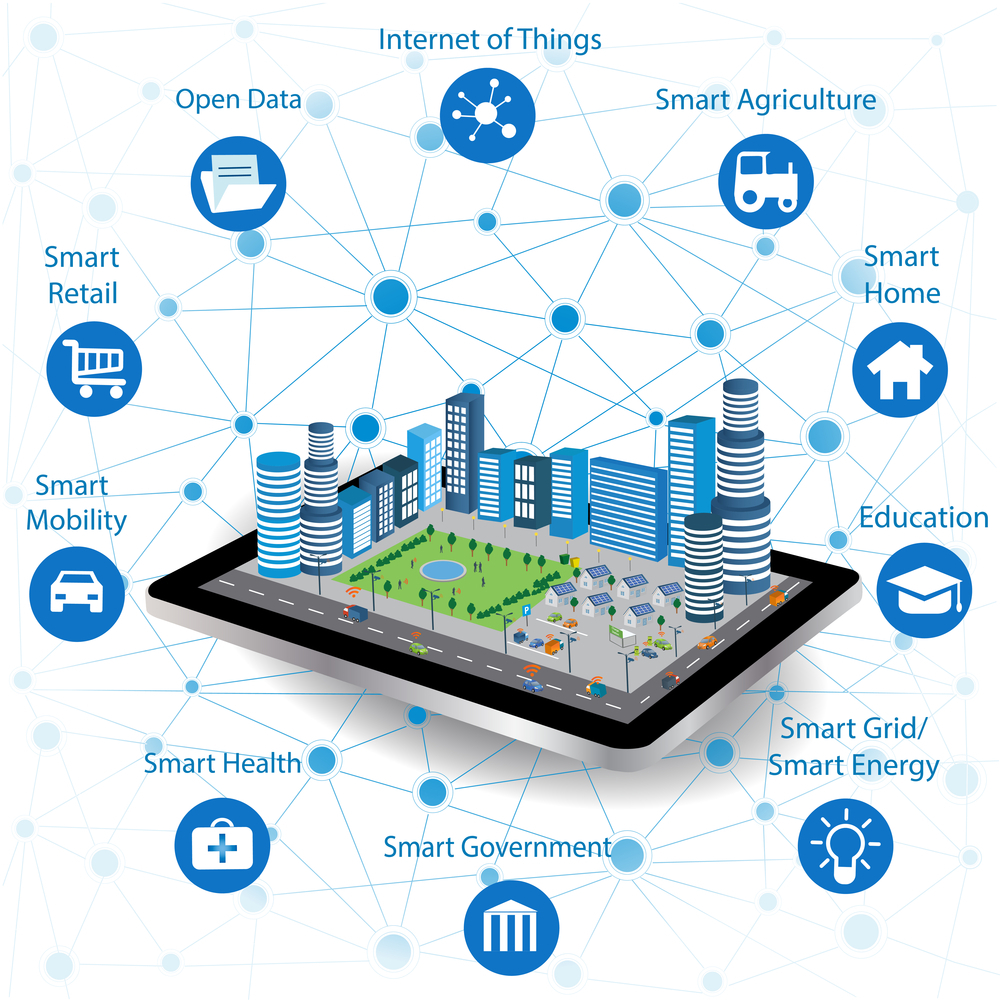Flash Call : The Future of Enhanced Communication is Here!


What is internet of things?
The Internet of Things (IoT) refers to a network of interconnected physical devices that communicate and exchange data with each other through the internet. These devices, which can range from everyday objects to sophisticated industrial machines, are embedded with sensors, software, and other technologies that enable them to collect and share information.
The primary goal of the Internet of Things is to enhance efficiency, automation, and communication by allowing devices to interact seamlessly without human intervention. IoT applications can be found in various domains, including smart homes, healthcare, agriculture, transportation, industrial automation, and more.
Why is IoT important?
Efficiency and Automation
IoT enables the automation of various tasks, leading to increased efficiency. Connected devices can collect and analyze data, allowing for smarter decision-making and reducing the need for human intervention in routine processes.
Data Collection and Analysis
IoT devices generate vast amounts of data that can be analyzed to gain insights into patterns, trends, and anomalies. This data-driven approach can inform better decision-making, optimize operations, and improve overall efficiency.
Improved Quality of Life
In the context of smart homes, IoT technologies enhance the convenience and comfort of daily living. Smart thermostats, lighting systems, and security cameras are examples of devices that can be controlled and monitored remotely, providing a more connected and convenient living experience.
Cost Savings
IoT can lead to cost savings by improving resource utilization, predictive maintenance, and energy efficiency. For instance, in industrial settings, IoT-enabled sensors can monitor equipment health, allowing for timely maintenance and reducing downtime.
Enhanced Productivity
In industrial and business environments, IoT applications can optimize workflows and processes, leading to increased productivity. Real-time monitoring and feedback contribute to better resource allocation and streamlined operations.
Healthcare Monitoring
In the healthcare sector, IoT devices like wearable fitness trackers and medical sensors enable remote patient monitoring. This facilitates early detection of health issues, personalized healthcare, and can lead to better patient outcomes.
Environmental Monitoring
IoT can be used for environmental monitoring, including air and water quality, soil conditions, and weather patterns. This data can be valuable for making informed decisions related to environmental conservation and sustainable practices.
Safety and Security
IoT devices contribute to enhanced safety and security by providing real-time monitoring and alerts. Examples include smart home security systems, industrial safety monitoring, and connected vehicle technologies.
Innovation and Business Opportunities
The proliferation of IoT has led to the creation of new business models and opportunities. Entrepreneurs and businesses can develop innovative solutions and services by leveraging the capabilities of IoT technologies.